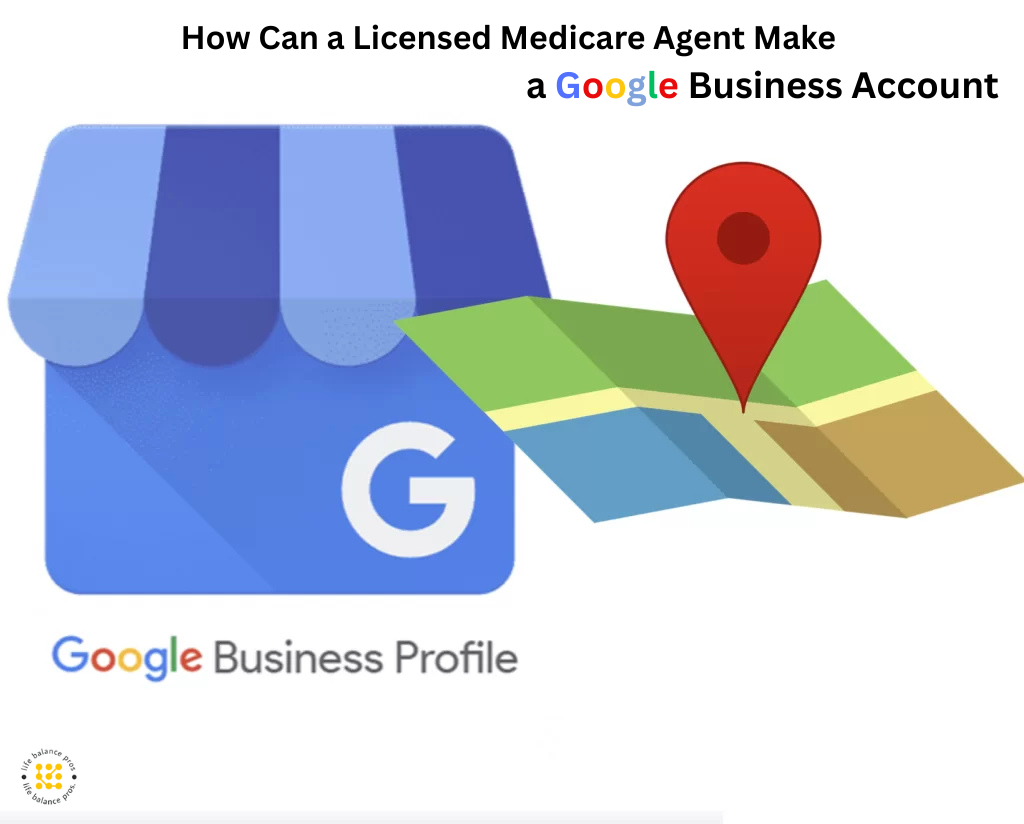Why Email Marketing is a Game-Changer for Start-ups
Struggling to reach potential customers? Want to build lasting relationships and increase conversions? You’re not alone. Many start-ups face the same challenge—limited budgets and the need for high-impact marketing. That’s where email marketing campaigns come in.
Email marketing is one of the most cost-effective ways to grow your business. It lets you connect directly with your audience, build trust, and drive sales without spending a fortune on ads. With the right strategy, your emails can turn subscribers into loyal customers.
In this guide, I’ll explain everything you need to know to create a winning email marketing campaign. Let’s get started!
What is Email Marketing, and Why Should Start-ups Care?
Email marketing is a direct communication channel between your business and your audience. Unlike social media, where algorithms control your reach, email gives you complete control. You can send personalized messages to your subscribers’ inboxes, increasing engagement and conversions.
Benefits of Email Marketing for Start-ups
- Cost-effective – It’s cheaper than paid ads.
- High ROI – Email marketing has an average return of $42 for every $1 spent.
- Direct Communication – No social media algorithms interfering.
- Automation – Set up email sequences to nurture leads effortlessly.
- Scalable – Whether you have 100 or 10,000 subscribers, your costs stay low.
If you’re not using email marketing, you’re leaving money on the table.
Step-by-Step Guide to Creating a Successful Email Marketing Campaign
1. Define Your Goals
Before you send a single email, figure out what you want to achieve. Common goals include:
- Increasing brand awareness
- Driving traffic to your website
- Generating leads
- Boosting sales
Each goal requires a different approach. If you’re launching a new product, focus on promotional emails. If you’re nurturing leads, use educational content.
2. Build a High-Quality Email List
Your email list is your biggest asset. Avoid buying lists—those emails won’t convert. Instead, grow your list organically:
- Offer a valuable lead magnet (e.g., free eBook, discount, exclusive content)
- Use pop-ups and sign-up forms on your website
- Run social media promotions
- Collect emails at events or webinars
Example: A start-up selling eco-friendly home products can offer a “10% Off Your First Purchase” discount in exchange for email sign-ups.
3. Choose the Right Email Marketing Platform
A good platform helps you automate emails, track performance, and segment your audience. Popular options include:
- Mailchimp (excellent for beginners)
- ConvertKit (best for creators and bloggers)
- ActiveCampaign (advanced automation features)
Choose one based on your needs and budget.
4. Craft Engaging Emails
People receive dozens of emails daily. Your emails must be concise, valuable, and engaging to stand out.
Key Elements of a Great Email:
- A compelling subject line – Make it irresistible (e.g., “Your 20% Discount Expires Tonight!”)
- Personalisation – Use the recipient’s name (e.g., “Hi Alex, here’s a special gift for you!”)
- Explicit, benefit-driven content – Get to the point quickly
- A strong Call-to-Action (CTA) – Tell readers what to do next (e.g., “Claim Your Discount Now”)
5. Segment Your Email List
Not all subscribers are the same. Segmenting lets you send targeted messages based on the following:
- Purchase history
- Browsing behavior
- Interests
- Engagement levels
Example: If someone downloads your free guide but hasn’t purchased anything, send them a follow-up email with a special offer.
6. Automate Your Campaigns
Email automation saves time and boosts efficiency. Popular automated email sequences include:
- Welcome Emails – Introduce new subscribers to your brand
- Abandoned Cart Emails – Remind customers to complete their purchase
- Re-engagement Emails – Win back inactive subscribers
Automation ensures consistent engagement without extra effort.
7. Analyze and Optimize
Your job isn’t done after hitting “send.” Monitor key metrics like:
- Open rates
- Click-through rates
- Conversion rates
Use A/B testing to refine subject lines, content, and CTAs. If an email isn’t performing well, tweak it and try again.
Best Practices for Email Marketing Success
- Keep emails short and scannable – Use bullet points and short paragraphs.
- Use a conversational tone – Write like you’re talking to a friend.
- Avoid spammy words – Words like “FREE” or “BUY NOW” can trigger spam filters.
- Make emails mobile-friendly – Over 60% of emails are opened on mobile devices.
- Send emails at the right time – Tuesdays and Thursdays at 10 AM work best.
Common Email Marketing Mistakes (and How to Avoid Them)
- Not having a clear CTA – Every email should have a goal and action step.
- Sending too many emails – Overloading inboxes leads to unsubscribes.
- Ignoring mobile users – Make sure your emails look good on all devices.
- Do not test emails – Always test before sending them to avoid broken links or formatting issues.
- Skipping personalisation – Emails without personalisation feel generic and get ignored.
Ready to Supercharge Your Start-up with Email Marketing?
Email marketing is a powerful tool—when done right, it can transform your start-up’s growth. Start by building a solid email list, crafting engaging content, and optimising your campaigns.
Want to dive deeper? Check out HubSpot’s Email Marketing Guide for more insights. If you’re looking for the best email marketing tools, Mailchimp’s resources are a great place to start.
Now, it’s your turn. Take action today and start building your email marketing campaign. Your future customers are waiting!




